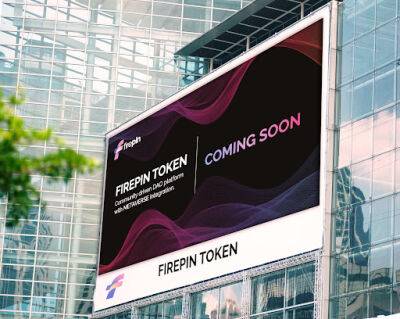Ultra-fast fashion is taking over – and using every trick in the book to get us addicted
High street brands such as H&M and Zara have been accelerating the pace of fast fashion for years, but the 4,414 new styles H&M added to its US website this year isn’t even the worst of it – enter ultra-fast fashion.
The Chinese fashion retail website Shein was recently valued at $100bn and has added almost 315,000 styles to its website this year alone. At the time of writing, Shein UK has 4,029 items in the under £5 section, with several crop tops and miniskirts priced at an alarming £1.99.
Fashion, especially the cheap kind, is addictive. That’s why ultra-fast fashion brands such as Shein keep increasing the array of styles on offer, while social media ads and customer-generated content such as “haul videos” ensure that fashion addicts never forget about their drug. Some of these videos are sponsored by the brands, but the personable, chatty style helps viewers forget that they are in fact watching ads. Wealthy YouTubers disguised as average shoppers normalise the idea of ordering bags full of clothes every single week.
My friend Toni Murphy, a 25-year-old content creator from London, was previously addicted to Shein. She started overconsuming fast fashion when her student grant and loan gave her access to more cash than ever before. Sceptical of Shein’s low prices she avoided it at first, but eventually gave in. “[My addiction] kind of just started during the pandemic. And that was because I was getting these ads about it,” says Murphy. Several times a day she would come across Shein ads on Instagram and on websites using cookies that promoted items she’d previously Googled or added to her wishlist – they were unavoidable.
Despite receiving some items that were not as described or photographed,the price and range of
Read more on theguardian.com




















